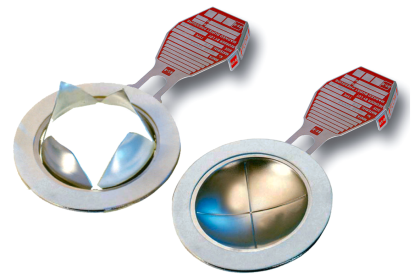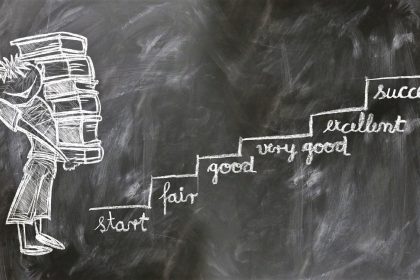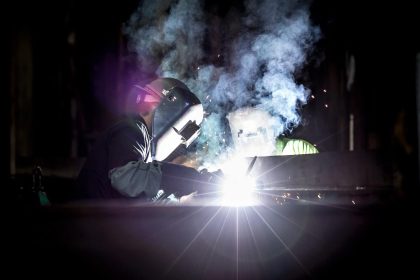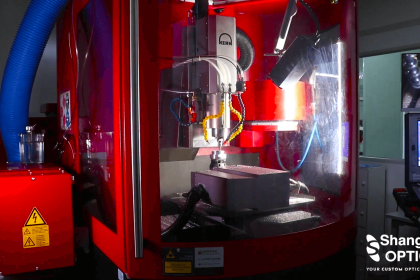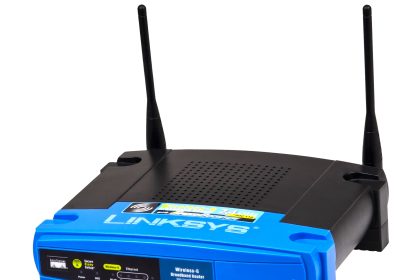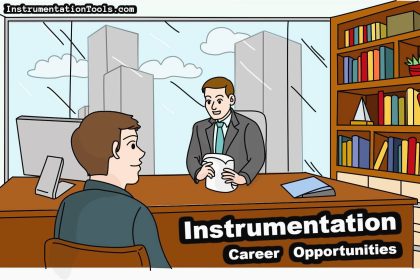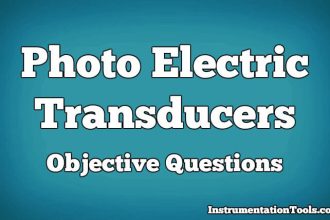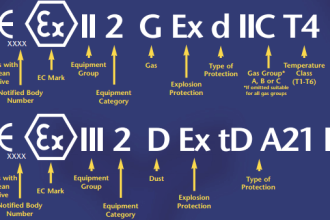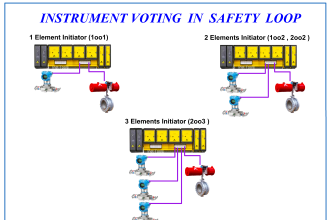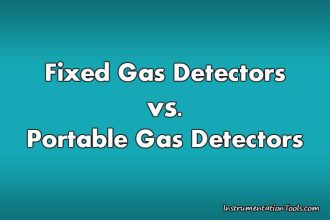Today, the world of industrial automation has advanced to such a high extent, that it is used in almost every industry – be it small or large. It is virtually impossible for industries to survive without automation. One such industry is the automobile industry. With such a large number of vehicles manufactured on a daily basis, it is not possible to do this only with human intervention.
Automotive Industry
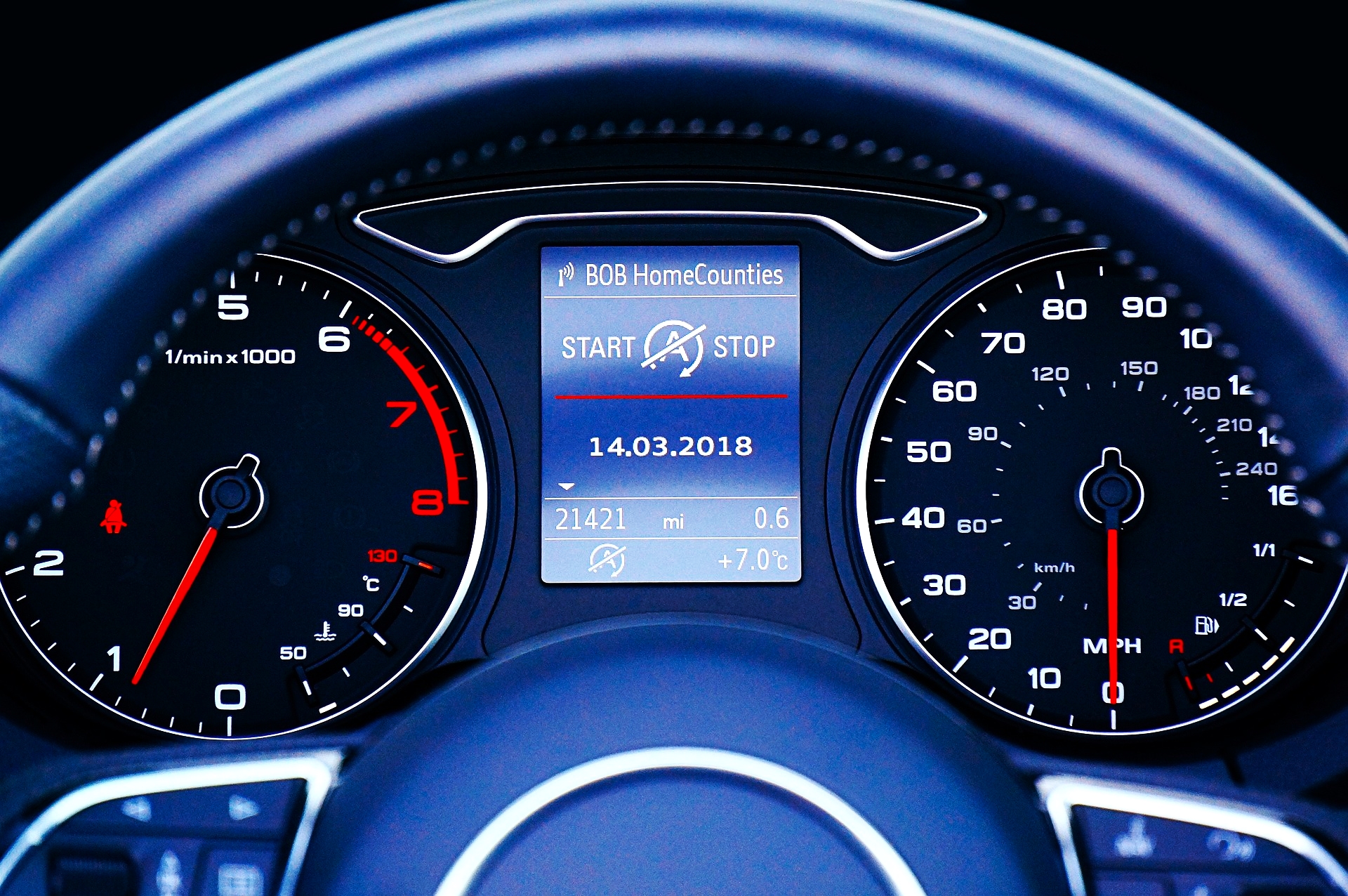
Automation plays a very important role here. Also, apart from just industries, our main concentration here in this post will be on automobiles. One of the main components of industrial automation is the use of sensors.
As sensors play a very important role in sensing anything and converting it into an electrical signal for processing, you can quickly determine the running parameters and take action accordingly.
In this post, we will see the various types of sensors used in automobiles.
Types of Sensors Used in Automobiles
Mass Airflow Meters for Engines
The engine is the most crucial part of a vehicle. It is that part which does the combustion of fuel and allows the vehicle to run due to this. In combustion, apart from fuel, air too is required along with it.
A proper flow of air and fuel is the combination required for proper combustion. Any irregularities in the amount of air entering, either low or high, can break down the engine.
So, it is required to continuously monitor the amount of air entering the engine. A mass flow sensor will do this job by measuring the volume and density of air entering, thus ensuring a proper ratio.
Crank Position Sensor
Crankshaft is a very important part of the transmission system. And as the transmission system is directly correlated with the engine, it indirectly makes the crankshaft a very important part of the vehicle. It has a piston in it and it is used to convert the linear motion into rotary motion.
Due to this, you automatically get a moving part for the internal combustion engine. To determine its current position or speed, crank position sensors are used. This data can be used to determine how much fuel is required to be injected into the engine or what is the current speed with which the engine is rotating. This only shows how crucial this sensor is.
Also, you get to determine the working of the piston easily through this, and this helps in maintaining the crankshaft more efficiently.
Throttle Position Sensor
When you press an accelerator in the vehicle, you are directing it to increase the speed. The accelerator is also known as the throttle. The speed is increased or decreased by injecting the required amount of air and fuel into the engine.
When the accelerator is pressed, there is a butterfly valve inside which opens or closes depending on the press. This valve position is sensed by a sensor, which gives feedback to the engine on how much mixture of fuel and air is to be taken. It is basically a closed-loop control type. This helps the engine properly combust the mixture and control the speed accordingly.
Engine Coolant Sensor
Every engine has a cooling system to help maintain its temperature under range, as overheating can damage the engine. The cooling system has coolant liquids to help maintain the temperature. When the engine is running, this temperature varies depending on the usage.
A coolant temperature sensor will sense this temperature and give feedback on how much actual cooling is happening. This data can be used by engines to inject proper fuel and control the speed more efficiently.
Fuel Temperature Sensor
When you are using the fuel for running the vehicle, it is necessary to monitor its temperature too. Cold fuels will take more time to combust, and warm or hot fuels will take very less time to combust.
So, temperature sensor monitoring will provide actual feedback to the main control system on how the fuel is performing, otherwise, it can damage other automobile parts too.
Voltage Sensor
It is the simplest type of sensor used in automobiles. As the name implies, a voltage sensor is used to measure the voltage present in various electrical parts of the automobile. This helps in identifying any overvoltage or under-voltage present in the vehicle.
Oxygen Sensor
When the engine is inhaling air along with fuel, the most important component of air is oxygen. So, it is important to monitor how much clean air is present in the mixture. Exhaust gases or other types of unclean air can damage the engine in the long run.
So, oxygen sensors monitor the oxygen going in the engine and help maintain it properly.
Air fuel ratio meter
As the name implies, the Air fuel ratio meters are used to measure the ratio of air and fuel in the combustion engine. This helps the engine to function properly with appropriate combustion.
Cam Position Sensor
The cam position sensor is used in conjunction with the crankshaft sensor. It is used to determine the position of valves in the engine.
The valves are inlet and outlet. How much fuel needs to be injected, how the ignition rate has to be controlled, and how to control the solenoid valve for injection; all this information requires the functioning of a cam position sensor.
Knock Sensor
When sometimes you press the throttle, you may have heard a knocking sound from the engine. This sound is actually bad for engine performance. It shows that there is some improper ignition or combustion going in the engine, which will overheat the engine and even damage it.
A knock sensor basically will detect this sound and inform the controller about it. It will thus prevent the engine from damage.
In this way, we saw some general types of sensors used in automotive industries for automobiles.

